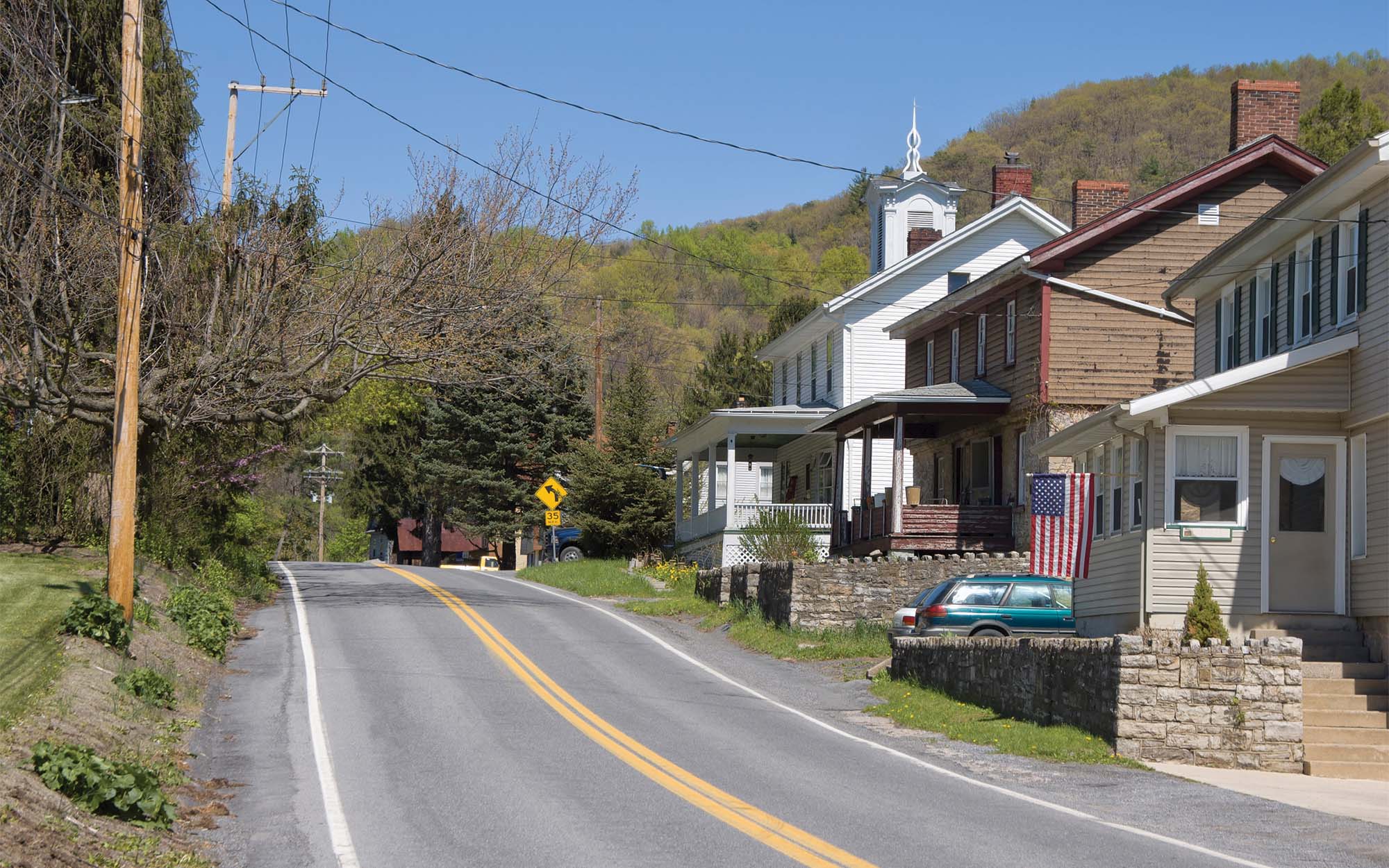It’s time once again to honor those community banks that are celebrating remarkable anniversaries: their 100th, 125th, 150th or 175th anniversaries. They’ve survived depressions, recessions and pandemics while fighting off competitors—so what’s the secret to their longevity?
Let’s go back to 1847 for some answers. The Mexican-American War was raging, the U.S. Post Office issued its first postage stamp and the outlaw Jesse James was born. In Falls Village, Conn., business was booming. Rich ore beds, iron works and a new railroad had brought great prosperity to town, and in May of that year, a charter was granted to establish a much-needed bank. Five months later, the Iron Bank opened with assets of $193,725 (about $3 million in today’s money).
This year, the National Iron Bank, as it is now known, is celebrating 175 years in business. With four branches, two loan offices and over $250 million in assets, it’s a far cry from those early days when the directors would gather around the bank’s potbellied stove, burning worn bank notes so that new currency could be issued. The community bank has also come a long way since its acquisition of a “good dog” to protect its premises from boisterous clients spilling out of nearby taverns, should the newfangled burglar alarm system fail.
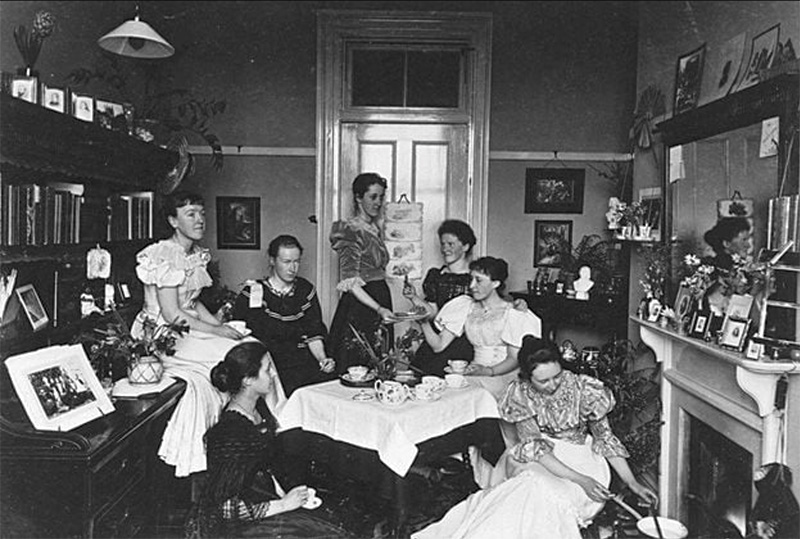
19th-century National Iron Bank tellers, who not only served customers during the day but also lived upstairs so they could safeguard the money at night.
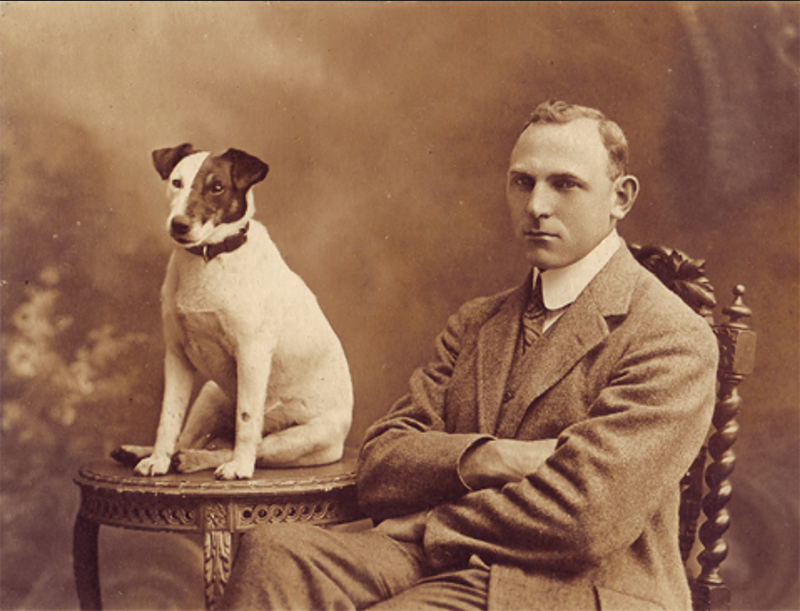
National Iron Bank’s first president, Dwight E. Dean, with National Iron’s original guard dog, who protected the premises from boisterous patrons of nearby taverns if the bank’s then-state-of-the-art burglar alarm should ever fail.
As its name suggests, the National Iron Bank has a reputation for durability. It has survived crises including the Civil War, two World Wars and the Great Depression. Other local banks have closed, the region has transitioned from forging cannonballs to a focus on recreation, and the community bank has endured. That tenacity is perhaps best exemplified by its employees, including Dwight E. Dean, who served the bank for 70 years, joining as a cashier in 1865 and rising to the position of president before he died at the age of 96.
Current president and CEO Steven Cornell has been with the National Iron Bank for 30 years and attributes the bank’s staying power to a combination of fiscal conservatism and a willingness to embrace technology.
This, he says, was on full display at the start of the COVID-19 pandemic. Although the community bank had a cloud system that allowed for remote working and was able to offer fully automated services to its customers, almost all employees chose to stay at the branches, making themselves available at the end of phone lines or in person, should anyone need them.
It was this sense of teamwork that Cornell believes allowed the National Iron Bank to weather that particular storm. “The PPP loans came at us,” he recalls. “They were developed overnight, so you had to figure it out on the fly. It took a lot of teamwork to get the loans done. And every day, the government was changing the rules. But it was very important, because that really saved a lot of the restaurants and small businesses in this area. Without [the loans], they would not have survived.”
The community bank is taking some time to celebrate this remarkable anniversary year, with live music, family concerts and other events at its branches through the fall. “I think it’s an unbelievable milestone for any business to make 175 years,” says Cornell, “to survive through all the changes the country has been through and still be able to do well in this current environment.”
Weathering the storm
On June 1, 2011, a tornado tore through the small town of Monson, Mass., damaging nearly every structure in its path. “It was just devastating,” says Monson Savings Bank’s president and CEO Dan Moriarty. “Typically, up here, we don’t have tornadoes. We have blizzards and all other sorts of storms, but not tornadoes.”
Moriarty recalls his wife phoning him from nearby Springfield, where she was working, telling him to pick the kids up from school and get to safety immediately. Twenty minutes later, the tornado ripped through downtown Monson, wreaking havoc.
He describes the atmosphere immediately afterwards as eerie. “It was June 1, so everything’s typically green,” he says. “There [are] a lot of trees, and it’s just a beautiful place. And then after the tornado hit, it was just quiet. There were no animals or birds chirping. There was nothing.”
Fortunately, the bank building itself wasn’t significantly damaged. Trees and power lines were down, so the team focused on getting a generator so residents could access their cash, and within 24 hours, they were back online. “There were no other lights on Main Street at night except like the Monson clock and the ATM machine.
“Everybody just came together,” he remembers. “All the people in town brought their tractors and their bucket loaders and chain saws. We had many volunteers, and we had people donating money to help with people that suffered significant damage. I sat on the Monson Tornado Committee, and we ended up distributing monies that we received. Almost half a million dollars were donated, and we were able to distribute all that money pretty quickly to people that needed it. So, it was a memorable historical time, and I hope we never see it again.”
Homegrown and resilient
In 1872, while the outlaw Jesse James was robbing banks across the country, a businessman in Monson, Mass., was doing just the opposite. Charles H. Merrick made a deposit of $4,700 ($111,000 today) on behalf of a group of local mill owners, marking the creation of Monson Savings Bank. Today, the same bank has $620 million in assets and five branches across the state. For 150 years, it has remained mutually independent and never merged.
That is almost unheard of, says Dan Moriarty, who has been with the community bank since 1998 and became its president and CEO in 2020. A fourth-generation Monson native, he attributes the bank’s survival to resiliency and the ability to stick together through local, national and global emergencies. “People just care about each other,” he says, “and they try to just weather the storm.”

To commemorate 150 years, Monson Savings Bank staff built 150 bikes for children during the bank’s Build-A-Bike event at the YMCA of Greater Springfield.
And the storms haven’t always been metaphorical. Over the years, Monson has seen its share of blizzards and floods, but in 2011, the town found itself in the path of a tornado. The buildings in the town center were torn to pieces, but fortunately there were no casualties.
Moriarty was on the ground that day, getting funds back online for his customers. “We always hear about the bad things that are going on with humanity,” he reflects, “but in times of need, people come together. So, I feel very passionate that the bank and the townspeople have just kind of stuck together for all these years. And in the midst of all the mergers and acquisitions, little Monson Savings Bank has been able to remain mutual and not owned by anybody. So, it’s a pretty good story.”
The community bank has been hosting a robust schedule of events to celebrate this milestone, including a celebration for employees in March, a historical currency exhibit touring the branches, a huge pancake breakfast and a build-a-bike campaign for local kids. The bank also just unveiled a plaque and buried a time capsule filled with historical memorabilia to be opened in 2047. “Hey, we only turn 150 once, right?” says Moriarty, laughing.
Efficiency and economy
In 1897, Americans stampeded north to take part in the Klondike Gold Rush, William McKinley was inaugurated as the 25th U.S. president and Irish novelist Bram Stoker published his vampire classic, Dracula.
“We must have been doing an outstanding job, because no competitors came into town until branch banking laws changed, probably in the mid-sixties. The bank prospered, and so did our town.”—John Mann, Chelsea State Bank
Meanwhile, in Chelsea, Mich., 21 investors bought out Kempf Commercial and Savings, the private banking business of brothers Reuben and Charles Kempf. Eleven years later, another group of Chelsea businessmen joined forces to create Farmers and Merchants Bank. The two banks coexisted—albeit as competitors—until the Great Depression. In 1934, they decided to merge, as their resolution stated, “for the purpose of greater efficiency and economy of management, as well as for the general welfare of said corporation and the community wherein they transact business.”
“By all indications, we served the community well!” says John Mann, chairman of Chelsea State Bank, celebrating its 125th anniversary. “We must have been doing an outstanding job, because no competitors came into town until branch banking laws changed, probably in the mid-sixties. The bank prospered, and so did our town.”
Today, the community bank has $440 million in assets and three branches. Mann has been with the bank since 1988, was president and CEO for 23 years, and was appointed chairman in 2005. Looking back, he credits his employees and customers with making his job very easy.

At left, Mary Lee Penney, retired Chelsea State Bank executive vice president and current Rotary president, is joined by fellow Rotary members in preparing meals for Ronald McDonald House Charities.
Of course, he says, there have been bumps in the road, the most stressful in his tenure being the Great Recession of 2008. “We had a bad examination, a bad state exam,” he recalls. “And the examiner in charge forced us to charge off a lot of real-estate secured loans. We knew that we had strong collateral that was backing our loans that we were forced to charge off, even though the values dropped tremendously, but we were confident it would come back.
“We bit the bullet,” he adds, “we charged off the loans, we paid the taxes on all of our non-performing real estate, and over the next five to seven years, we were able to sell those properties, or refinance them, and recover almost all of our charge offs. And then some. So, we actually came through it in great shape, but it was a stressful time.”
This September, Chelsea State Bank is celebrating its milestone anniversary—and the German ancestry of many of its founders and investors—with an Oktoberfest. It’s taking place in the parking lot of its Chelsea headquarters, with bratwurst and knockwurst sausages, beer and a local oompah band, the Jammin’ Germans, providing the tunes.
Rising to challenges
Fast forward to 1922. The Ottoman Empire came to an end, the Soviet Union was born and archaeologist Howard Carter unearthed Egyptian pharaoh Tutankhamun’s tomb. In Pittsburgh, Pa., the steel industry was booming, and the founders of the Tunnel Building and Loan company wanted to help mill workers save money for the future and buy their own homes.
Without a permanent base of its own, the new bank hopscotched between local premises—including a department store, barber shop, hotel and office of the U.S. Bureau of Mines—and the bank’s first employee, Hobart Moore, collected deposits in a shopping bag. The bankers occasionally found themselves locked out, and on one such day, legend has it, they used a wooden plank and an orange crate as a makeshift bank counter.
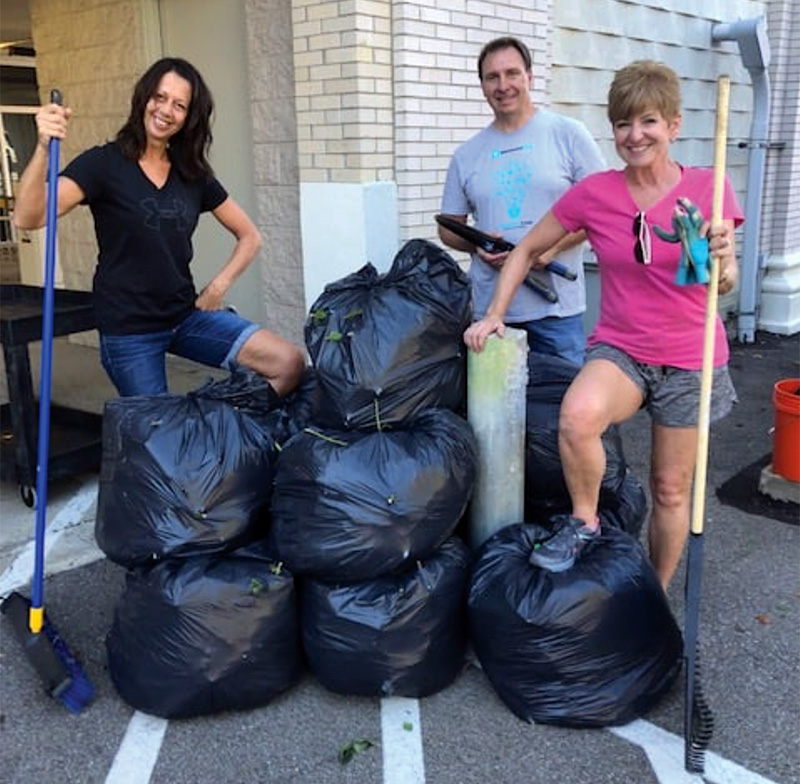
Brentwood Bank employees help organize supplies and clean up outdoor areas at the Women’s Center & Shelter of Greater Pittsburgh.
Today, what is now $850 million-asset Brentwood Bank has five branches of its own, plus a mobile unit that travels to senior communities. The ability to adapt is in its DNA and has allowed the bank to reach its centennial.
President and CEO Thomas Bailey joined the bank in 1985, when the steel industry in the Pittsburgh area was dying. Between 1979 and 1987, the region lost 133,000 manufacturing jobs, and he remembers the community bank working with its customers to get them through what he describes a “tremendous upheaval.”
During the same period, inflation ran rampant. “At one time, interest rates on deposits were higher than interest rates on loans,” he recalls, “and that’s a recipe for disaster, because you make money on your loans, and you fund your loans with your deposits. So, there was a point in time that the bank was struggling because it wasn’t making money.”
That same uncertainty was, he says, a feature of the early pandemic. “But I’d say the bright spot was the employees stepping up and using some of that ingenuity that we heard about in our early history, such as meeting customers out in the parking lot to do a loan,” Bailey says. “We had one office that didn’t have a drive-thru, but they opened the window so that they could do [transactions] through the window.”
It’s all about services
Bailey believes a combination of high-touch, high-tech service has served Brentwood Bank well. Back in the 1970s, for example, the community bank partnered with technology company NCR to bring in an in-house community banking computer system, attracting visits from curious bankers as far afield as Texas. “We’re constantly chasing the technology. We’ll never be a leader in it, but we hope to be a fast follower!” he laughs.
This year, the community bank celebrated its centenary with branch events and by marching in the Brentwood Fourth of July Parade, but its biggest focus will be on celebrating employees and their families the way the Pittsburgh community knows best: at a Pirates game.
Helping the four-legged community, too
In 2020, as the early days of the COVID-19 pandemic left communities vulnerable and food banks stretched to capacity, Brentwood Bank in Pittsburgh stepped up to help an overlooked group: pets. Marketing director Kristy Reed spearheaded a campaign to help pet owners feed and care for their animals during the economic downturn and to make sure they were not separated from their families.
The campaign encouraged community members to drop off pet food, treats, cat litter or financial donations at Brentwood Bank’s five branches, as well as at various businesses throughout the region. Over a three-month period, almost 1,800 pounds of pet food were collected and distributed through regular food distribution centers, providing at least 841 meals to pets in need.
Community banks: there for the big moments
Things looked pretty different when the community banks celebrating milestone anniversaries this year were founded.
❦ 1858

Edwin T. Holmes begins selling electric burglar alarms. Credit: public domain
❦ 1863
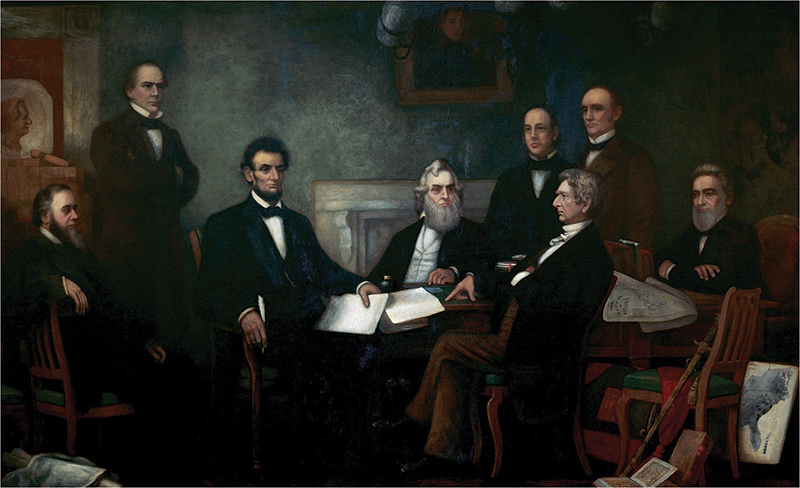
President Abraham Lincoln issues the Emancipation Proclamation. Credit: First Reading of the Emancipation Proclamation of President Lincoln / Francis Bicknell Carpenter, (1830–1900) / Alamy Stock Photo
❦ 1868
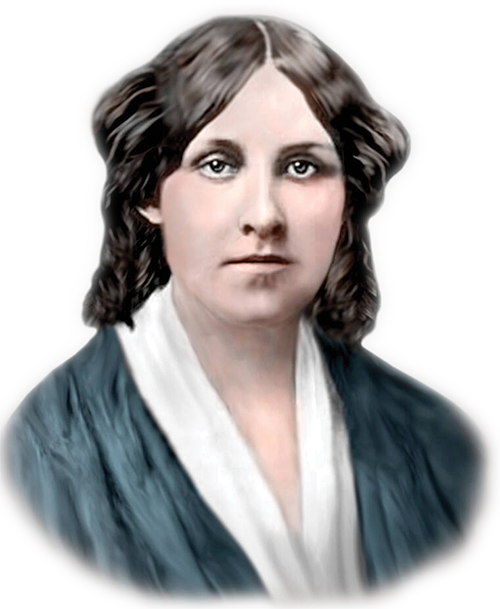
Louisa May Alcott publishes Little Women. Credit: Colport / Alamy Stock Photo
❦ 1872
These community banks were established:
- The Farmers Bank of Mt. Pulaski
- The First National Bank of Fort Smith
- Mifflinburg Bank and Trust Company
- Stafford Savings Bank
- Monson Savings Bank
❦ 1873

Blue jeans are invented by Levi Strauss and Jacob Davis. Credit: Pictorial Press Ltd / Alamy Stock Photo
❦ 1876
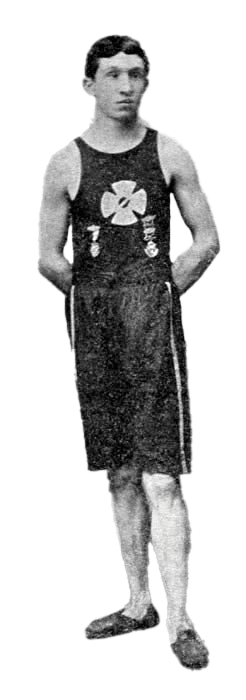
Runners compete in the first Boston Marathon. Credit: Boston Sunday Journal
❦ 1891
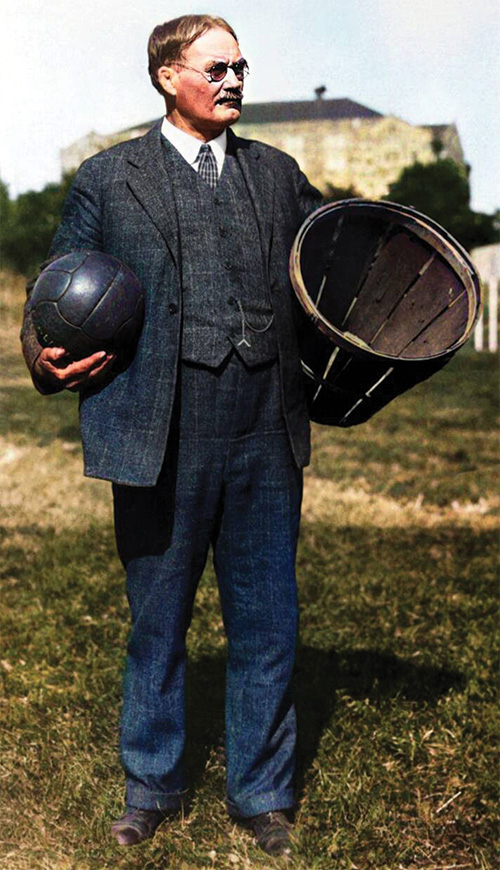
James Naismith invents basketball. Credit: ARCHIVIO GBB / Alamy Stock Photo
❦ 1897
These community banks were established:
- Bank of Coushatta
- Independence State Bank
- Landmark Bank
- Bank of Wrightsville
- The First National Bank of Milaca
- Farmers & Merchants State Bank
- The Farmers & Merchants State Bank
- Chelsea State Bank
- Peoples State Bank
- Cornerstone Bank
❦ 1902

The movie short “A Trip to the Moon” is released. Credit: Allstar Picture Library Limited / Alamy Stock Photo
❦ 1910
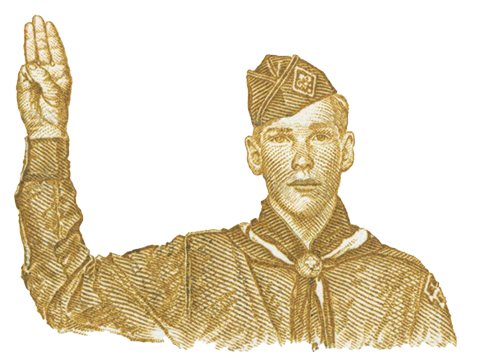
W.D. Boyce incorporates the Boy Scouts of America. Credit: MMphotos / Alamy Stock Photo
❦ 1913
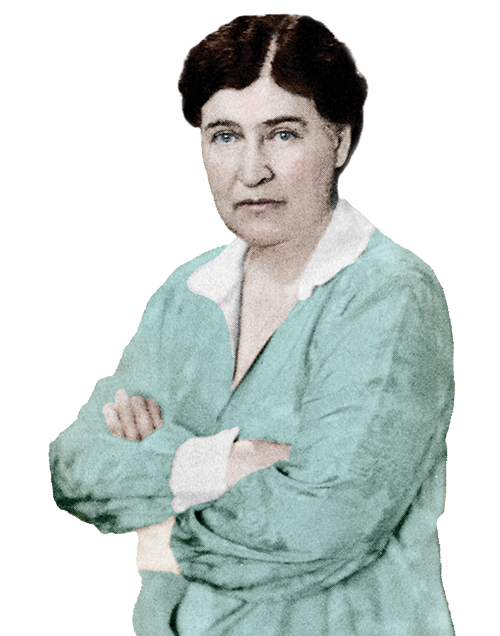
Willa Cather’s O, Pioneers! is published. Credit: Lebrecht Music & Arts / Alamy Stock Photo
❦ 1922
These community banks were established:
- Marshall County State Bank
- Tensas State Bank
- State Bank of Cochran
- Farmers State Bank
- DMB Community Bank
- First Bank
- First Community Bank Xenia-Flora
- McClain Bank
- United Southern Bank
- Sturdy Savings Bank
- Opportunity Bank of Montana
- InFirst Bank
- Wake Forest Federal Savings and Loan Association
- Brentwood Bank
- West Town Bank & Trust
- Clay County Savings Bank
- SSB Bank
- Saint Landry Homestead Federal Savings Bank
- Israel Discount Bank of New York
❦ 1925
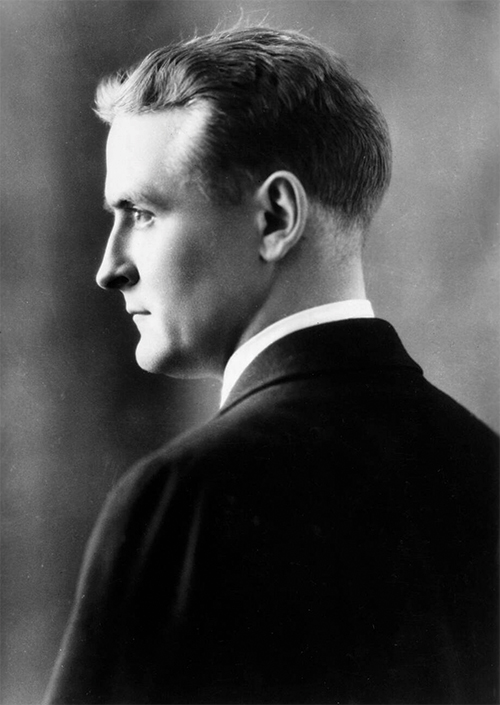
F. Scott Fitzgerald publishes The Great Gatsby. Credit: public domain sourced / access rights from CBW
❦ 1928
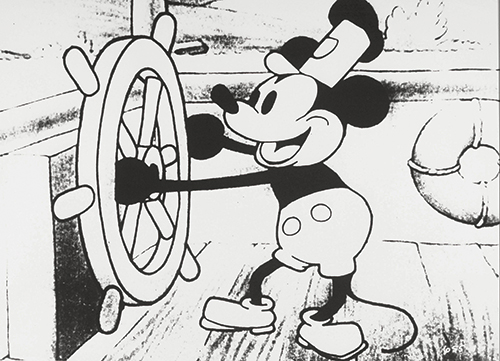
The first Mickey Mouse animation, “Steamboat Willie,” is released. Credit: Album / Alamy Stock Photo
❦ 1931
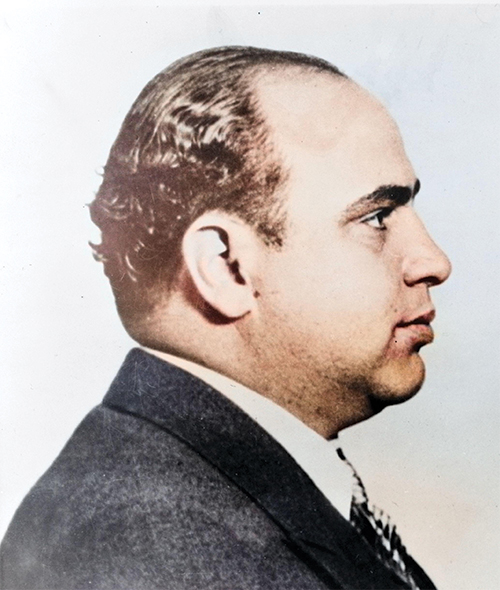
Chicago gangster Al Capone is convicted of income tax evasion. Credit: public domain sourced / access rights from CBW



